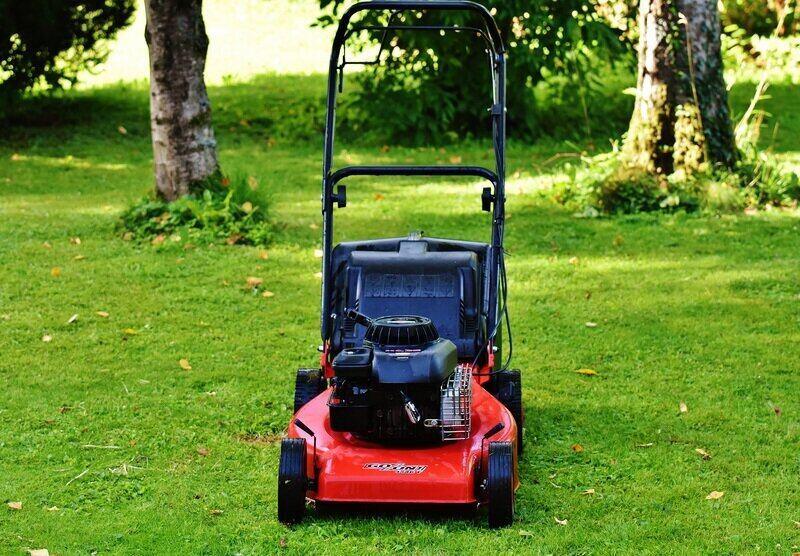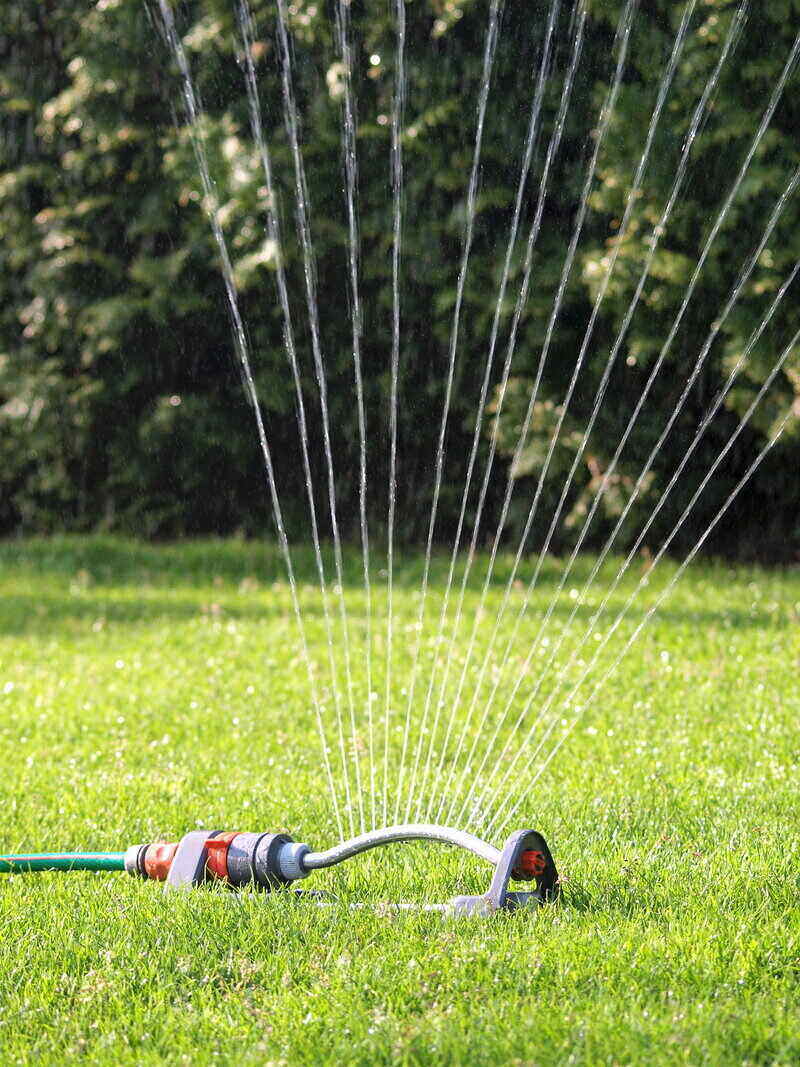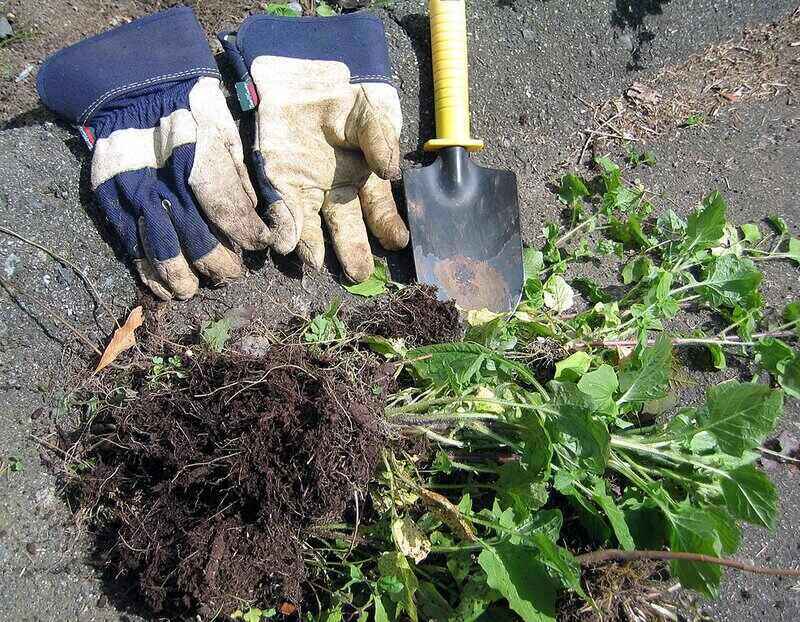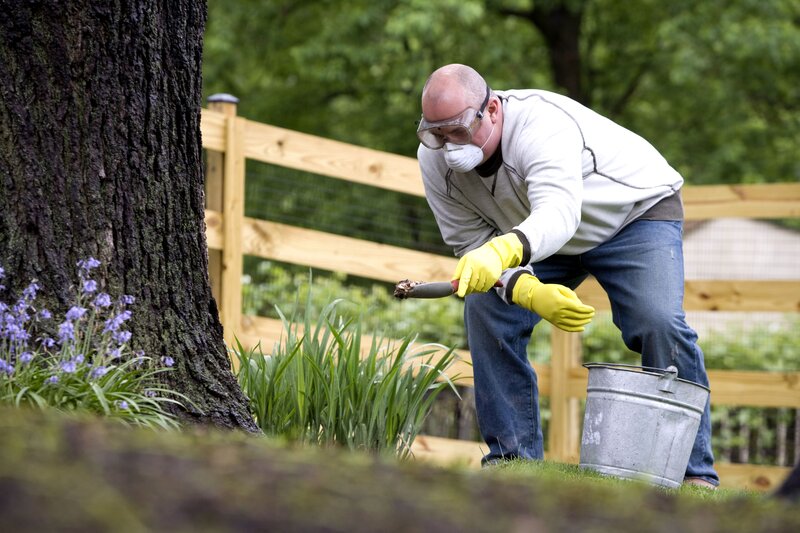9 Spring Lawn Care Tips for Little Rock, AR
BY KIMBERLY MAGERL | APRIL 3RD, 2023 | ARKANSAS, LAWN CARE, LITTLE ROCKLittle Rock is unique. The metropolitan city experiences all four seasons. Centrally located, Little Rock has short but cold winters, leaving you more springtime than the average homeowner. Use this extra time to implement our 9 spring lawn care tips to help prepare your yard for backyard parties, barbecues, and the humid Arkansas summer.
In this article, we’ll cover:
What Are the Benefits of Spring Lawn Care?
Spring is all about new beginnings. It is a transformative time, and the springs in Little Rock are warm and extremely wet. From March to May, Arkansans tend to their warm-season grasses hoping to encourage fresh growth before the heat and humidity take over in June.
Spring lawn care in Arkansas is more than watering and mowing. As your yard goes through its green-up, you need to be on the lookout for diseases, pests, and bare spots that need some TLC. With the proper spring maintenance plan, you will set your yard up for success.
Spring lawn care benefits include:
- Increased drought resistance
- Healthy grass is 10 to 15 degrees cooler than concrete or asphalt
- Lush landscapes reduce air and noise pollution
9 Spring Lawn Care Tips for Little Rock
1. Mow More, Cut Less

Mow more is probably the last thing you want to hear. It is tempting to mow our lawns short to make less work for ourselves. Unfortunately, for most grass types, cutting your grass short leaves it vulnerable to injury and weeds, and taller grass blades develop deeper roots.
Little Rock’s subtropical climate and four distinct seasons make for interesting weather, especially in the spring. The city’s short winters give way to prolonged wet springs. Your grass variety determines your unique mowing schedule and lawn height.
Centipedegrass and St. Augustinegrass
Begin mowing your lawn when it turns green, typically beginning in April or May. To avoid injuring your lawn, never mow low or scalp your lawn in spring, and never remove more than ⅓ of the leaf blade.
Always aim to cut less, more often. You should mow every five to seven days within the recommended range for your grass type. Do not collect clippings unless you see large clumps on your lawn.
Bermudagrass and Zoysiagrass
Unlike centipedegrass and St. Augustinegrass, bermudagrass and Zoysiagrass go dormant, turning brown, in the winter. Before the spring green-up, you can mow your lawn to remove dead leaf blades and reduce shading of fresh growth and increase soil temperatures.
Begin mowing normally when your lawn turns green in April or May, following the recommended height for your grass type. Mow often, every five to seven days, and never remove more than ⅓ of the leaf blade. Like other warm-season varieties, leave clippings on the lawn to act as fertilizer.
| Grass Type | Recommended Mowing Height |
| Bermudagrass | 0.5 – 2.5 inches |
| Centipedegrass | 1.5 – 2 inches |
| St. Augustinegrass | 2.5 – 4 inches |
| Zoysiagrass | 0.75 – 2.5 inches |
2. Water Sparingly

Lawns seldom need irrigating thanks to the rainy Little Rock springs, and this applies to all turfgrass varieties unless your lawn is brand new. If hot, dry, or windy conditions occur for an extended period, begin a watering regimen in April or May, aiming for 1 inch of water per week for all varieties.
If you notice a dark blue-gray color, foot-printing, or wilted, folded, or curled leaves, your lawn needs water no matter what variety it is.
3. Identify and Treat Lawn Diseases
The humid conditions in Arkansas create the perfect environment for lawn diseases and fungi. Maintain a healthy lawn with routine maintenance, watering, and fertilization schedules, and diseases won’t stand a chance. Some of the most common diseases affecting Arkansas turfgrasses are large patch, gray leaf spot, dollar spot, and spring dead spot.
Large Patch
Large patch is a fungus that affects St. Augustinegrass, Zoysiagrass, and centipedegrass. Watch for brown, circular patches several feet in diameter. Resist the urge to reach for a fungicide and call it a day. The most effective method to control and prevent large patch is proper lawn maintenance.
Monitor patches and improve drainage and air movement. Limit fertilization in affected areas and avoid over-watering.
Gray Leaf Spot
Grey leaf spot is another turfgrass fungus affecting St. Augustinegrass in Little Rock. Watch for grass that appears yellow, mottled, or scorched. Treat gray leaf spot with proper lawn maintenance.
Reduce or remove thatch and improve air circulation. Do not apply post-emergent weed killers while the disease is active and avoid fertilization. Monitor and fix drainage issues and avoid over-watering.
Dollar Spot
Dollar spot affects bermudagrass. It is extremely common in the Southeast and is caused by a fungus living in Arkansas soils. Keep an eye out for circular brown or yellow spots that look like dollar coins.
Treat dollar spot with proper lawn maintenance. Maintain nitrogen levels by applying a nitrogen-based fertilizer. Additionally, minimize moisture stress by ensuring proper drainage and watering deeply and infrequently in the early morning to reduce foliage wetness.
Spring Dead Spot
Spring dead spot is another soil-dwelling fungus affecting bermudagrass in the Southeast. Watch for circular patches of dead grass ranging in diameter from 6 inches to several feet. The easiest way to spot spring dead spot is to monitor your lawn during its active green-up phase. Areas affected by spring dead spot will not go through the green-up process.
Treat spring dead spot by removing thatch and aggressively aerating affected areas to relieve soil compaction. The dense, clay soils in Little Rock are prone to soil compaction, making spring dead spot incredibly common.
4. Control Weeds

Little Rock’s wet spring climate creates the optimal habitat for plant growth, including weeds. Weeds love to invade your lawn, signifying an underlying problem with its health. They thrive in low-nitrogen soils, imbalanced pH, and thinning turf.
The stealthy plant ninjas steal vital nutrients, water, and sunlight from your turfgrass and plants while simultaneously spreading pests and diseases. You can stop weeds in their tracks and minimize the number that pops up come summer using pre-emergent herbicide designed to kill seeds before germination.
Pre-Emergent Herbicides for Crabgrass
Always wait three weeks after your grass has gone through its green-up. Apply a pre-emergent herbicide in early March to all turfgrass varieties to control crabgrass.
Post-Emergent Herbicides for Broadleaf Weeds
Broadleaf weeds typically become a nuisance during Little Rock summers. However, post-emergent herbicides target broadleaf weeds you can see, disrupting their growth, no matter the season. Never apply over two applications per year and always wait 30 days between applications.
Here are some common broadleaf weeds in Little Rock you might find in the spring:
- Carpetweed (Mollugo verticillata)
- Chamberbitter (Phyllanthys urinaria)
- Eclipta (Eclipta prostrata)
- Marestail (Conyza canadensis)
- Mulberry Weed (Fatoua villosa)
- Pigweed (Amaranthus hybridus)
- Sorrel (Rumex acetosa)
- Spurge (Chamaesyce)
- Virginia Pepperweed (Lepidium virginicum)
5. Perform Pest Control
Little Rock springs are traditionally very wet, which deters most turfgrass pests. In the unlikely event of a dry spring, chinch bug infestation in St. Augustinegrass may occur. Watch for yellow spots in sunny locations, signifying chinch bug activity.
DIY collect chinch bugs using a coffee can with both ends removed to create a hollow pipe. Insert the can into the soil inside the affected area. Fill the can with water and leave it for a few days. Chinch bugs will float to the top of the can for removal. If you notice more than 15 chinch bugs per square foot, it is time to call a professional.
6. Test Your Soil
Soil provides nutrients for your grass to thrive. Unfortunately, Little Rock soils are notoriously nutrient deficient, requiring fertilization and other nutrient applications. Arkansas homeowners can send in a soil sample for free soil testing.
Simply send in a core sample to receive your unique results detailing amendments you can make to improve your soil. Common amendments include lime for soil pH imbalances, nitrogen, potassium, and phosphorus applications.
7. Aerate Your Turfgrass
Clay soils dominate in Central Arkansas. It is dense, compact, and nutrientless. Aeration is a common lawn method to combat compacted soil and introduce oxygen back into struggling lawns. There are two types of common aeration, core aeration and spike aeration. Aerate your lawn in late May or early June if you notice compacted soil.
Core Aeration
Aeration creates holes in the soil so it can breathe. A core aerator punches into the ground, removing plugs of soil to create small holes. Unfortunately, this method leaves the leftover plugs of soil on the surface of your lawn, which remain an eye sore until Mother Nature breaks them down.
Core aeration is the best method for clay soils. These aerators do a better job of breaking through compacted soil to improve nutrient access.
Spike Aeration
Spike aeration is like core aeration, but less effective on severely compacted soils. Spike aerators rotate to punch small holes in the ground. Unlike core aeration, this method does not remove material from the soil, so there is no loss of aesthetic appeal.
8. Overseed to Fill Bare Patches
No one wants a thin and patchy lawn. The rainy spring conditions in Little Rock make it the prime time to seed or replant your lawn and encourage fresh growth.
Overseeding
Bermudagrass and centipedegrass are low-maintenance cultivars that respond well to overseeding. Overseeding involves spreading new grass seed over existing turfgrass to fill thin areas.
Prepare to seed your Arkansas lawn in March, April, or May at least two months after applying a pre-emergent herbicide. Spread 0.5 to 1 pound of seed per 1,000 square feet for bermudagrass and centipedegrass varieties.
Sod Plugs
Zoysiagrass and St. Augustinegrass do not respond to overseeding. Instead, plan to replant large bare areas using sod plugs in April or May. Space plugs 6 to 12 inches apart. Water well daily and be sure to apply a pre-emergent herbicide that does not affect root growth to keep crabgrass at bay.
9. Apply Fertilizer

Fertilizer promotes healthy growth, but be careful, too much of a good thing can harm your landscape. The best time to apply fertilizer is after your lawn has gone through its green-up and before the Arkansas summer heat sets in. The type of fertilizer for your lawn depends on your variety of turfgrass and your unique soil sample test results.
Fertilizer comprises three primary nutrients: nitrogen (N), phosphorus (P), and potassium (K). Labels have three numbers, such as 5-10-5, which means the fertilizer contains 5% nitrogen, 10% phosphorus, and 5% potassium. Select a fertilizer ratio to satisfy your soil test results.
Bermudagrass, St. Augustinegrass, and Zoysiagrass
Fertilize your lawn three weeks after it turns green, typically in late May. Apply 0.5 pounds of nitrogen per 1,000 square feet of lawn.
Centipedegrass
Unlike other warm-season turfgrass, centipedegrass does not need nitrogen. Instead, apply iron three weeks after your lawn has turned green in May if you notice a yellow appearance.
FAQ About Spring Lawn Care in Little Rock
Yes. Fresh grass seed or sod plugs require more water than just the average spring rainfall in Little Rock. Aim to water your grass seed three times a day for the first week. During the second week, water two times per day, and in the third week, water once per day if it does not rain.
Organic mulch provides moisture retention and nutrients for your plants. Experts recommend laying new mulch on top of your existing mulch annually in the spring after the last frost. In Little Rock, lay a new layer of mulch anytime from March to May.
Warm-season grasses like the varieties in Little Rock take longer to germinate than cool-season grasses. It can take two months for your new lawn to grow long enough to require mowing and a full year before it is matured and dense.
Get Help With Your Spring Green-Up
Wet spring weather creates lush green backdrops for Little Rock homeowners. With the proper spring lawn care schedule, your yard can experience its green-up and glow-up in time for the humid summer months to set in.
Unfortunately, spring isn’t the only busy time for yard-loving Arkansans. Thanks to Little Rock’s four seasons, be sure to check out our fall lawn care checklist to get a jump start on what you can expect from your long-term lawn care maintenance plan.
If you are short on time and need help setting your landscape off on the right foot, contact a Little Rock lawn care pro to help you establish deep roots so your lawn can survive the humid summer.
Main Photo by: Adam Bartlett / Flickr / CC BY 2.0